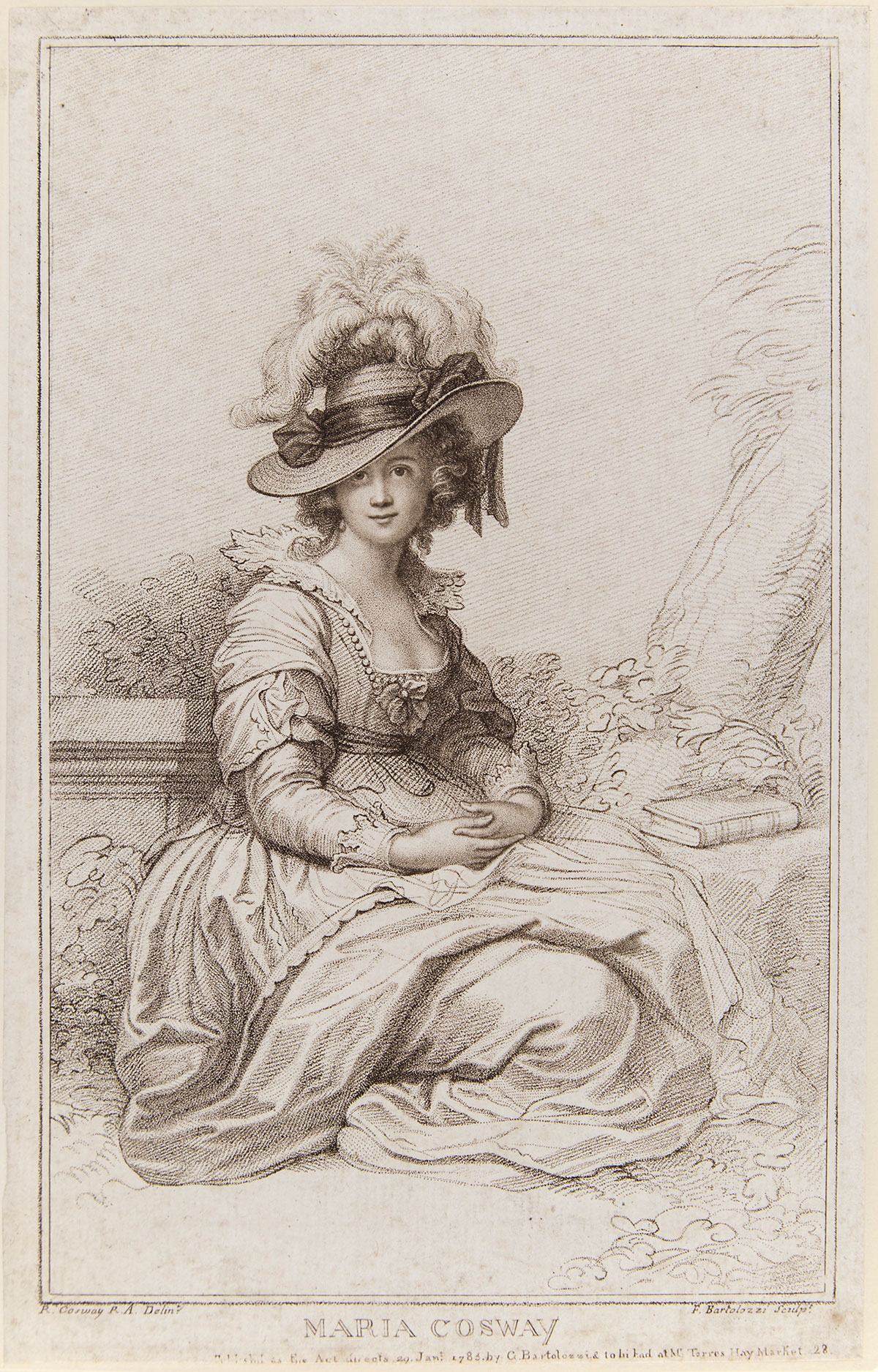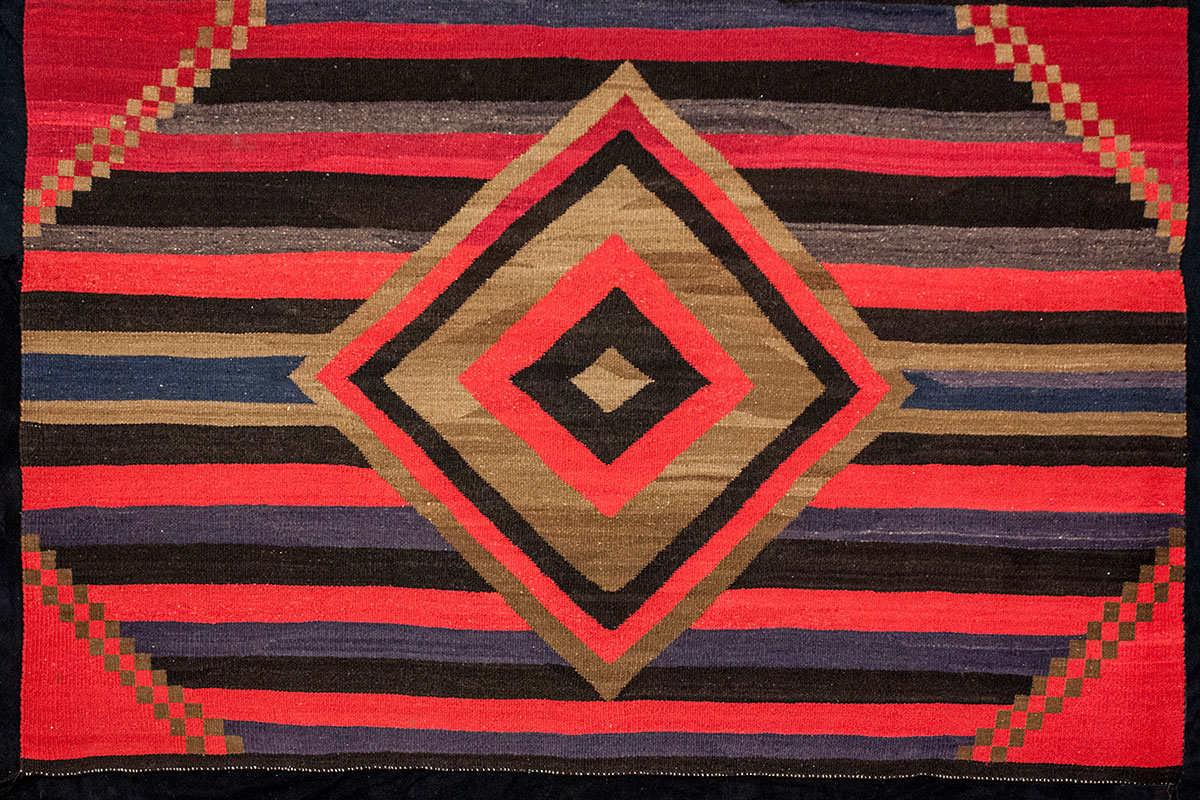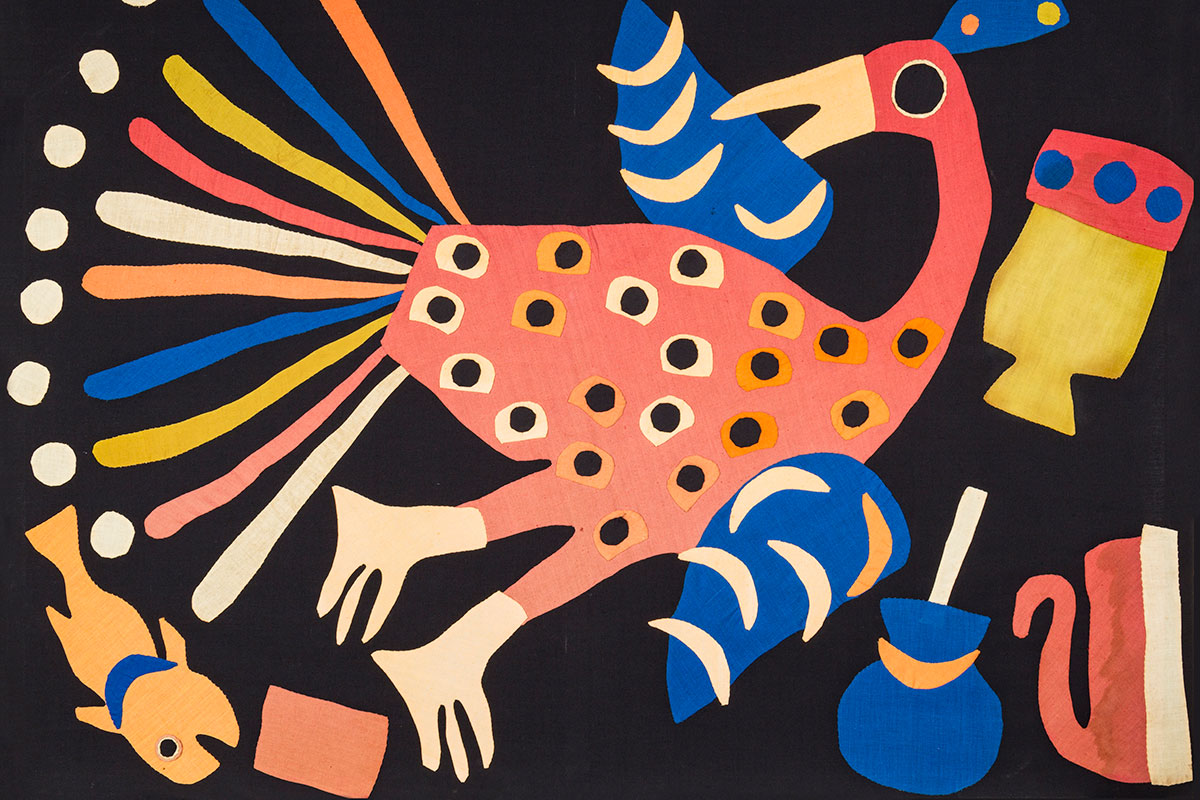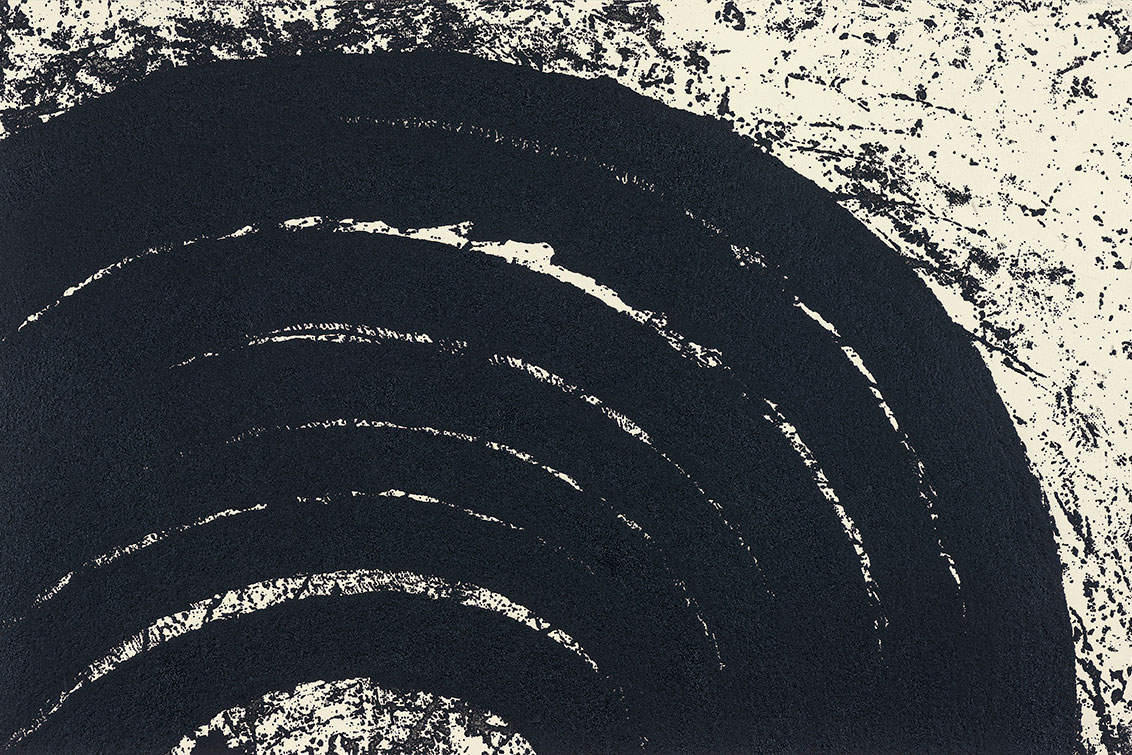This semester, visitors to The Fralin Museum of Art at the University of Virginia can expect to see art featuring an important woman in Thomas Jefferson’s life, as well as a collection of prints by renowned sculptor Richard Serra, an exhibition of Navajo textiles, and an exploration of cross-cultural depictions of fish and fowl.
The exhibitions will include many new pieces loaned from museums across the country and drawn from The Fralin’s extensive collections.
• Richard Serra: Prints
Through May 8
From the Collections of Jordan D. Schnitzer and his Family Foundation
Curated by Rebecca Schoenthal, Curator of Exhibitions
The exhibition showcases the prints of contemporary artist Richard Serra, best known for his large-scale public sculptures. It features his early attempts in lithography, dating from 1972, through more recent works created in 2015.
“So much of the art-going public is familiar with Serra’s sculpture,” curator Rebecca Schoenthal said. “I am looking forward to introducing our visitors to his graphic oeuvre, which is related, but ultimately independent.”
Many of Serra’s prints engage with specific sculptural pieces, functioning as sketches of how a viewer might experience the sculpture. The exhibition will also include prints dedicated to social and political themes, including figures like Irish hunger-striker Bobby Sands.
“Richard Serra is the foremost sculptor in the world today,” the exhibition’s collector, Jordan D. Schnitzer, wrote in an email. “His sculpture takes shapes and forms to another dimension. His works on paper have that same effect. Time, space and form come together and make his works on paper an artistic journey that once expressed can never be forgotten.”
In keeping with his modern, minimalist aesthetic, Serra only uses the color black – something Schoenthal was mindful of while planning the exhibition.
“Selecting works that highlight and complement this aspect of the prints, and hanging them in such a way that the nuances and the complexities of this practice becomes apparent, was quite rewarding,” Schoenthal wrote.
Support for this exhibition and related educational and outreach programs has been made possible by a grant from the Jordan Schnitzer Family Foundation. This exhibition was made possible by a gift from The Fralin Museum Volunteer Board.
• Two Extraordinary Women: The Lives and Art of Maria Cosway and Mary Darby Robinson
Through May 1
Curated by Diane Boucher, Guest Curator
A copy of the 1804 poem, “The Wintry Day,” housed in UVA’s Albert and Shirley Small Special Collections Library, inspired this exhibition. The 12-stanza poem, written by English actress, author and royal mistress Mary Darby Robinson, and illustrated by Cosway, depicts the disparity between rich and poor in late 18th-century Britain.

Image: Francesco Bartolozzi Italian, 17271815 after Richard Cosway British, 17421821 Maria Cosway, 1785 Stipple and engraving 9 1/2 x 6 1/8 in (24.1 x 15.6 cm) Lent by the Langhorne Collection, 2014.EL.1.5
“What fascinated me about ‘The Wintry Day’ and made me want to explore these women’s lives further was the fact that both Maria Cosway and Mary Robinson lived lives that closely resembled the scenes of luxury and opulence in this work, and yet they collaborated to create such a harsh critique of their times,” the exhibition’s curator, Diane Boucher, wrote.
Cosway, an artist and musician, met Thomas Jefferson in Paris while the widower was serving as the American minister to France. Many speculate that a romantic relationship, in addition to their deep friendship, developed between the two.
Boucher put together an exhibition of engravings, watercolors, caricatures, books and music that illustrate the two women’s lives in 18th-century London. Major loans have come from The Metropolitan Museum of Art, the New York Public Library and the Yale Center for British Art. The exhibition includes drawings and etchings of Cosway and Robinson; some of Cosway’s work; original drawing and copies of the poem, “The Wintry Day”; and some books by Robinson, including her feminist treatise, “Thoughts on the Condition of Women.”
This exhibition was made possible by a gift from Francis Massey Dulaney.
• Navajo Weaving: Geometry of the Warp and Weft
Through May 8
Curated by Mary Jo Ayers, Adjunct Curator, Native American Art

Image: Diné (Navajo peoples) Arizona or New Mexico Transitional Rug, ca. 1930 Wool yarn, natural wool color, commercial dye 85 1/2 x 56 1/4 in (217.2 x 142.9 cm) The Bertha Brossman Blair Collection of Southwestern Textile
The Fralin maintains a large collection of Native American art, including a variety of Navajo textiles originating from tribes that lived in present-day Arizona, New Mexico, Colorado and Utah between 1,000 and 1,525 A.D. The textiles, woven by Navajo women, feature distinctive geometric patterns.
Curator Mary Jo Ayers realized that there was significant public interest in the textiles after witnessing the popularity of Navajo weaver D.Y. Begay’s lecture and public demonstration at The Fralin last spring.
“One goal of this exhibition is to expand on the ideas that Ms. Begay presented – especially that spirituality and weaving have a long and steady relationship for the Navajo people,” Ayers said. “Over time, Navajo weavers were exposed to other cultures and introduced to new techniques, materials and designs. The artists, who remain unknown to us, have merged the new with their traditional artistic sensibility and native value system.”
This exhibition was made possible by a gift from Arts$.
• Fish and Fowl
Through June 19
Curated by Alicia Dissinger, Barringer-Lindner Curatorial Fellow

Image: Fon peoples Benin, Africa Appliqué Cloth, ca. 1960 Cotton and thread 33 3/16 x 44 15/16 in (84.3 x 114.1 cm) Gift of Donald F. Miller, 1996.14.2
This exhibition, curated by Barringer-Lindner Curatorial Fellow and Ph.D. student Alicia Dissinger, examines how different cultures depict animals, using sculpture, paintings and prints hailing from various time periods and societies around the world.
Dissinger is no stranger to the study of animal imagery – she is writing a dissertation on representations of birds in ancient Greek and Cypriot art and, in her spare time, loves to bird-watch.
“The way we represent birds and other animals throughout time and across cultures fascinates me,” Dissinger wrote in an email. “As humans, we give certain meanings and connotations to live species that are derived from the characteristics and traits they exhibit in the wild. In the pieces in this exhibition, you can see how people across times and cultures have observed and studied animals and placed the concepts surrounding animals into art.
“One of the highlights for me, when putting together this exhibition, was being able to display paintings, prints and objects that have never been placed on exhibit,” she wrote. “The Fralin has a wonderful research collection with so many ‘gems’ and it was exciting for me to be able to work with that material.”
This exhibition was made possible by a gift from Arts$.
The Museum's programming is generously supported by The Joseph and Robert Cornell Memorial Foundation. In-kind donors include WTJU 91.1 FM and Ivy Publications LLC¹s Charlottesville Welcome Book.
Media Contact
Article Information
February 1, 2016
/content/four-spring-exhibitions-debut-fralin

